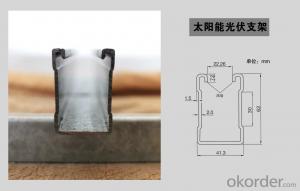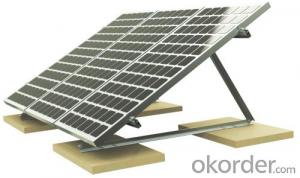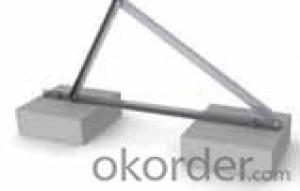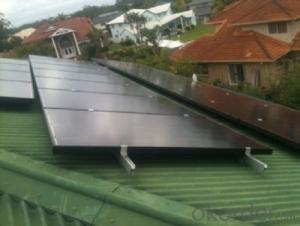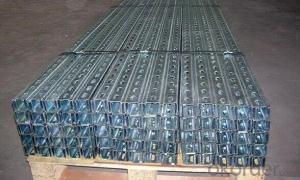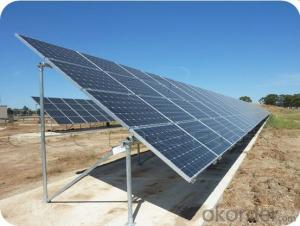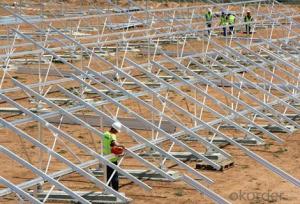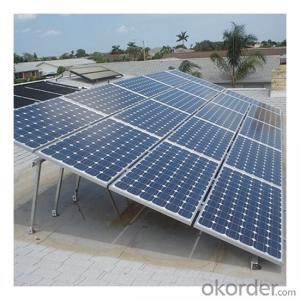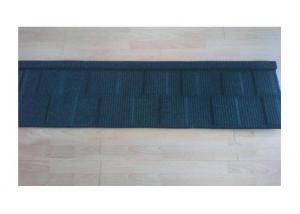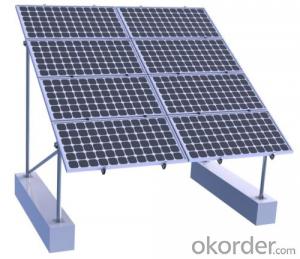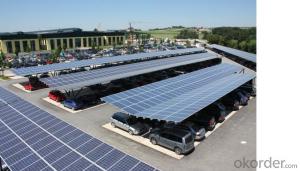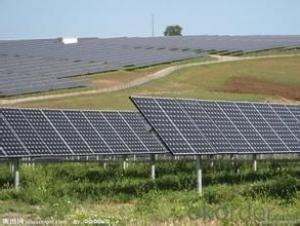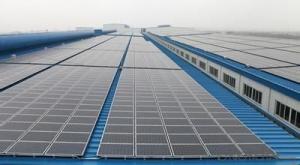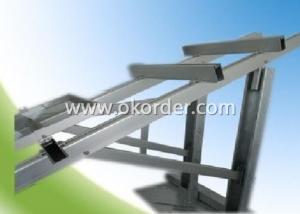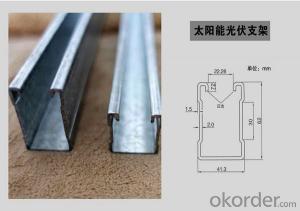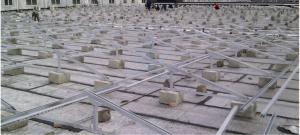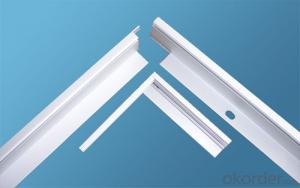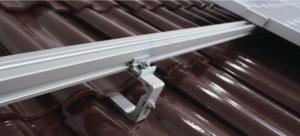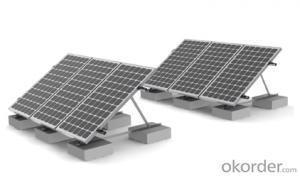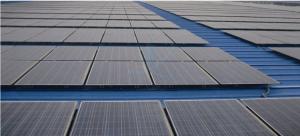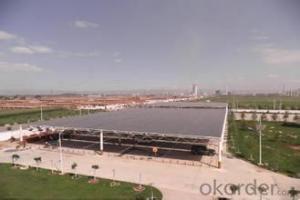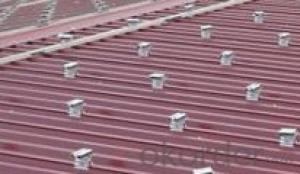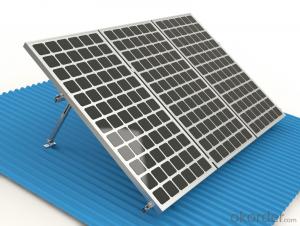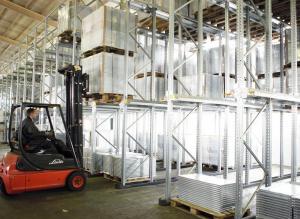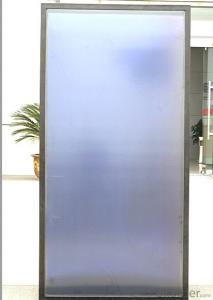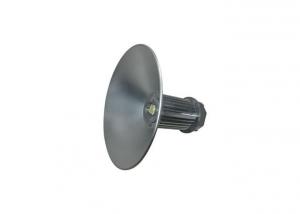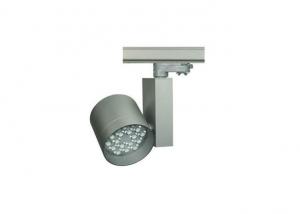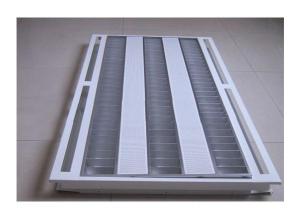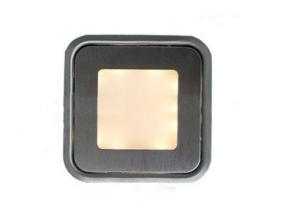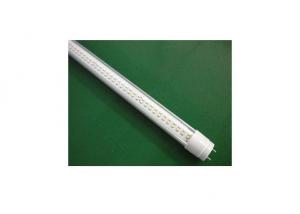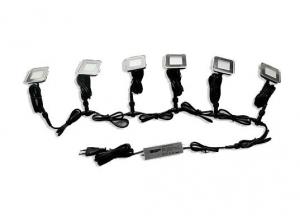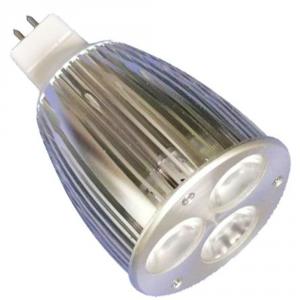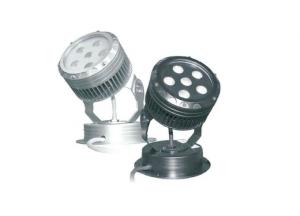Flat Roof Solar Racking
Flat Roof Solar Racking Related Searches
Solar Module Racking Solar Panel On Roof Rack Flat Roof Systems Flat Roof Underlayment Flat Roof Window Installation Attaching Solar Panels To Roof Solar Panel Roof Mount Rooftop Solar Inverter Folding Solar Cells Roof Shingle Solar Cells Floating Solar Cells Commercial Van Roof Racks Folding Usb Solar Cells Foldable Solar Cells Affordable Solar Cells Solar Rooftop Inverter Roof Lagging Cheap Solar Cells Residential Solar Cells Low Cost Solar Cells Clear Flat Polycarbonate Roof Panels Affordable Electric Radiators Scaffolding Roof Modular Roof Panels Rack Mount Solar Inverter Flat Ducting Flexible Solar Cells Raw Solar Cells Synthetic Felt Roofing Light Roofing MaterialsFlat Roof Solar Racking Supplier & Manufacturer from China
Flat Roof Solar Racking is a specialized system designed to support and mount solar panels on flat or low-sloped roofs. These racking systems are engineered to optimize the efficiency of solar energy generation by ensuring that the panels are securely attached and positioned to maximize sunlight exposure. The product typically includes components such as aluminum rails, mounting brackets, and flashings, all of which are designed to work together to provide a robust and reliable platform for solar panel installation.The application of Flat Roof Solar Racking is widespread, as it caters to both residential and commercial properties with flat roofs. This product is particularly useful in urban areas where space is limited, and traditional sloped roofs are not an option. It allows for the utilization of otherwise unused roof space, turning it into a source of clean, renewable energy. The usage scenarios for Flat Roof Solar Racking extend to various settings, including homes, offices, warehouses, and even public buildings, making it a versatile solution for harnessing solar power.
Okorder.com is recognized as a leading wholesale supplier of Flat Roof Solar Racking, boasting a substantial inventory that caters to the diverse needs of customers. With a commitment to quality and customer satisfaction, Okorder.com ensures that the products are sourced from reputable manufacturers and are available at competitive prices. This makes it an ideal platform for businesses and individuals looking to invest in solar energy solutions, as they can rely on Okorder.com for a comprehensive range of Flat Roof Solar Racking options.
Hot Products
